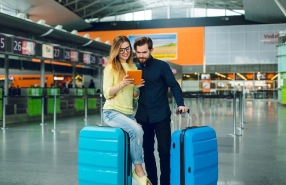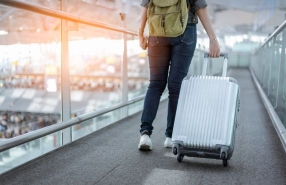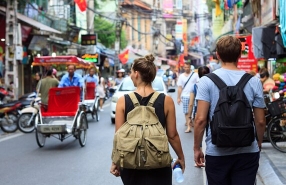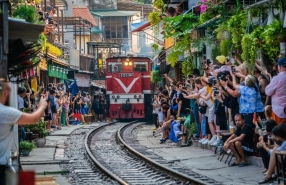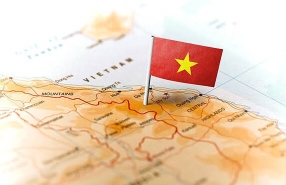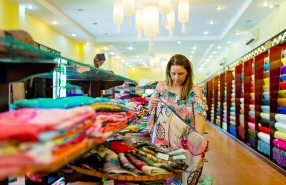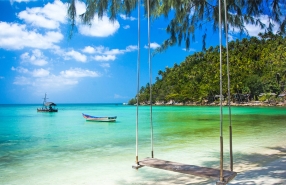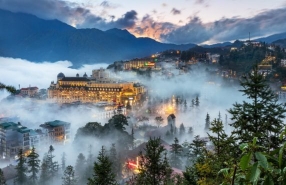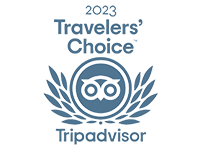Ethnic Villages In And Around Battambang

Nestled in a region still untouched by mass tourism, the ethnic villages of Battambang and its surroundings offer an essential destination for travelers seeking authenticity. From each local Khmer village to the Cham communities along the riverbanks and deeply rooted rural traditions, these local villages provide a unique cultural immersion in Cambodia, revealing a living heritage rich in craftsmanship, rituals, and genuine human interactions.
Table of Contents
I. Overview of Ethnic Groups in Battambang
The majority of the population comprises Khmers, whose Buddhist traditions, stilted wooden architecture, and agricultural practices shape daily life. These local villages provide an authentic glimpse into Cambodian culture, featuring lush rice fields, centuries-old pagodas, and bustling markets.
Alongside the Khmers, the Cham community, practicing Islam, adds a multicultural dimension to Battambang's human landscape. Primarily settled along the rivers, the Cham maintain a traditional lifestyle characterized by their mosques, craftsmanship, and halal cuisine.
Though less numerous, some groups of Lao or Thai origin are also present in rural areas near the border. These communities contribute to the richness of cultural exchanges in the region.
Exploring an ethnic village in Battambang also means understanding how different identities coexist and enrich each other, respecting their own values. Each visit to these villages is a sincere human encounter, where oral traditions, daily gestures, and local festivities reveal a plural, vibrant Cambodia deeply attached to its roots.
II. Ethnic Villages of Battambang and Surroundings
1. Cultural Diversity Around Battambang
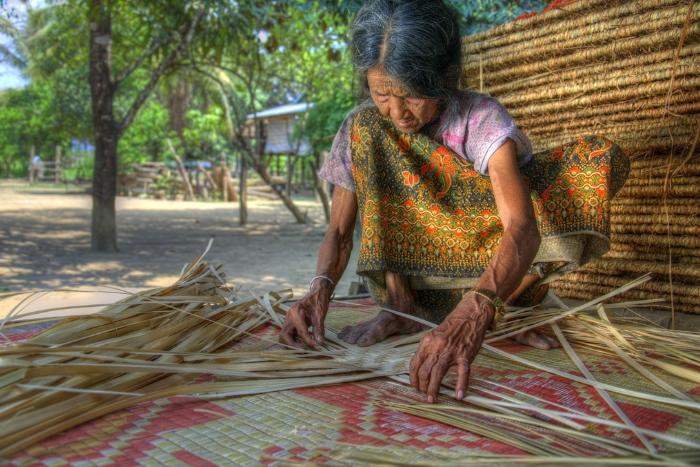
2. Cham Muslim Villages North of Battambang
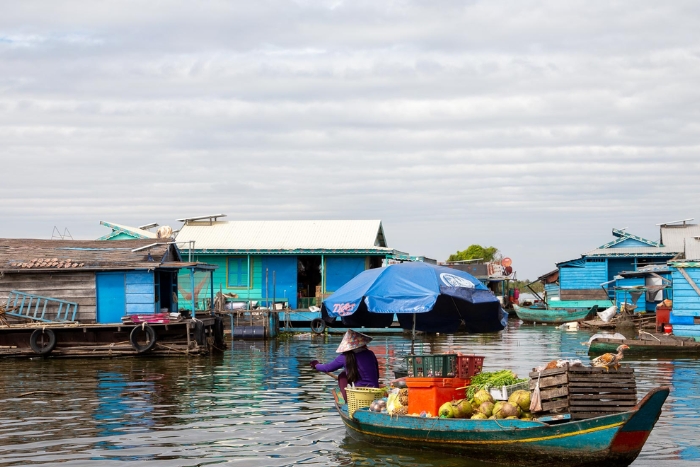
3. Traditional Khmer Villages in the Countryside
In local villages like Wat Kor (also known for its traditional architecture) or Prek Norin, travelers can engage in immersive activities such as visiting morning markets, preparing Cambodian dishes with local families, discovering artisanal techniques like basket weaving or fish sauce production, and cycling through dirt paths and small bamboo bridges.
Some eco-tourism circuits also offer homestays in traditional wooden houses, where meals and life stories are shared over tea or a bowl of hot soup. These experiences directly support the local economy while highlighting the region's living heritage.
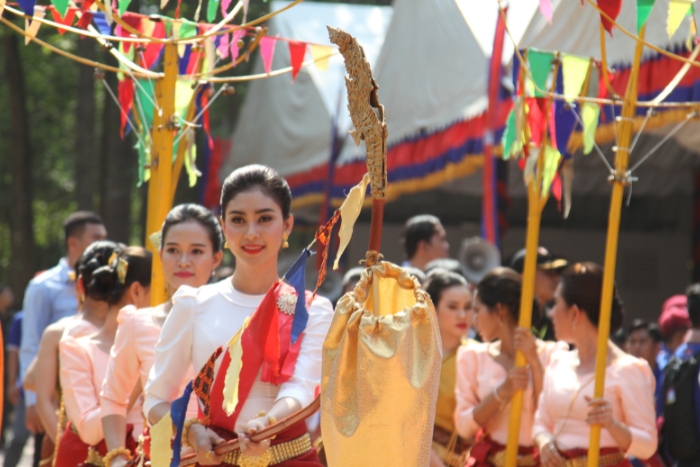
4. Mixed Villages at the Thai Border
Travelers interested in anthropology or cultural diversity will find these local villages a unique exploration ground. Traditional local dances, rarely seen in classic tourist circuits, are sometimes organized during community festivals or agricultural ceremonies.
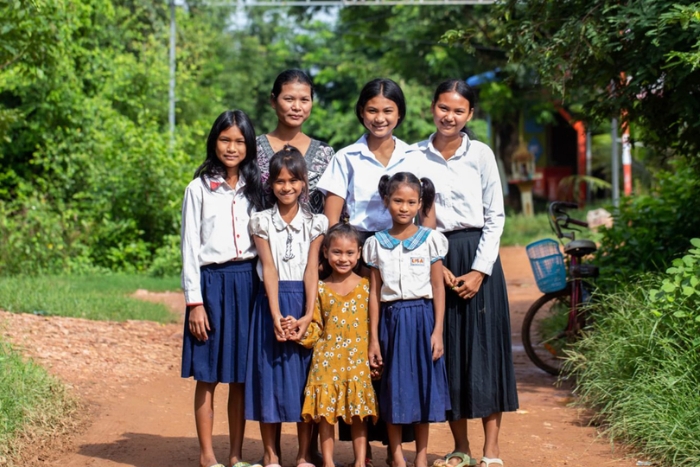
5. A Human and Sustainable Immersion
Thanks to the rise of community tourism, more and more local families are now ready to share their daily lives with visitors. These authentic exchanges not only provide a better understanding of Cambodia's cultural complexity but also actively contribute to preserving often marginalized minority identities.

III. Practical Tips for Visiting the Ethnic Villages of Battambang
- Ideal Visiting Period: The best season to explore the ethnic villages of Battambang and its surroundings is from November to March, during the dry and sunny period, ideal for rural walks. During this time, rice fields are often lush or in full harvest, offering striking landscapes in each local village visited.
- Recommended Transportation: Access to ethnic villages on the outskirts of Battambang can be achieved by tuk-tuk, scooter, or through organized tours by local agencies. The tuk-tuk remains the most common means for travelers seeking comfort and immersion, especially for journeys through rural paths.
- Appropriate Attire: Respectful and comfortable clothing is strongly advised when visiting ethnic villages. Clothes covering shoulders and knees, as well as easily removable shoes, are appreciated during visits to homes or places of worship, particularly in Cham Muslim villages.
- Respecting Local Traditions: Each ethnic village in Battambang and its surroundings has its own cultural codes. It's important to remain discreet when taking photos, especially of the elderly or during ritual moments. A respectful attitude towards customs ensures an enriching experience for both parties.
- Language and Communication: Khmer is the main language spoken in the region, but in some local villages, Cham or Lao expressions are also found. A few words in Khmer or a sincere smile always facilitate contact with inhabitants, even if some visits can be assisted by a local French-speaking guide.
- Nearby Accommodation: For those wishing to extend the experience, homestay options are available in certain local villages around Battambang. These accommodations allow for deeper immersion into rural daily life while supporting community economies.
- Logistical Preparation: Before visiting a local village, a brief research on the site's specificities or ongoing festivities can enrich the journey. It's useful to carry cash, as most villages lack banking services or electronic payment options.
The best time to visit the ethnic and local villages in and around Battambang is from November to March. During this dry and pleasant season, visitors can enjoy rural walks, interact with locals, and explore the agricultural landscapes typical of each village.
In an ethnic village in Battambang, visitors can enjoy a wide range of cultural and hands-on activities. These include participating in traditional craft workshops, sharing a homemade meal with a local family, learning about local farming techniques, and attending cultural or spiritual rituals.
Related travel guide
Other similar articles
CUSTOMIZABLE BY LOCAL EXPERTS
Personalized trip at the original price!
REFUND GUARANTEE
We believe in our work and promise to give you money back.
GOOD PRICE / QUALITY
95% satisfied more than expected!
24/7 LOCAL SUPPORT
We are always available online to provide assistance at any time.
Most read articles
Autour Asia is highly recommended on
Embracing the mission of "Satisfied more than expected" and providing authentic experiences, we have received numerous recommendations on reputable travel forums:











